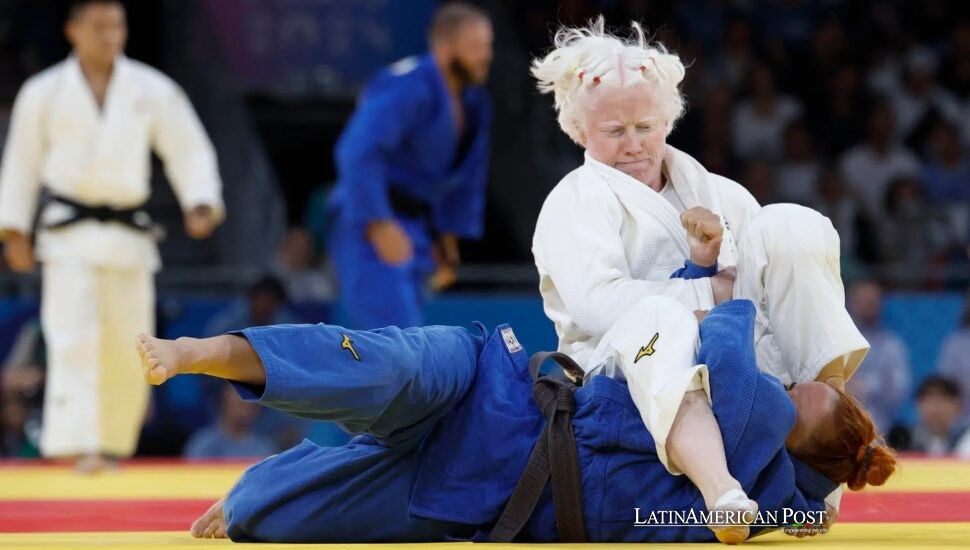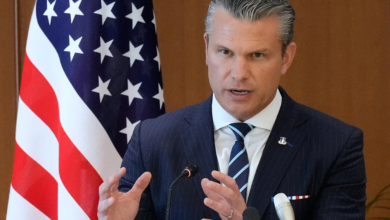Latin America Takes the Tatami: Judo’s Heartbeat Comes Home

For two October weekends, judo’s global caravan lands in Peru and Mexico, testing champions, staging comebacks, and revealing a continent’s growing ambition. Lima and Guadalajara aren’t just hosting—they’re declaring that Latin American judo belongs at the sport’s center, not its margins.
A Continental Stage with Something to Prove
When the World Judo Tour last passed through the region in 2019, it felt like a detour—a polite nod to Latin America before the circuit returned to its usual orbit around Europe and East Asia. This year’s back-to-back events—the Lima Grand Prix (October 11–13) and Guadalajara Grand Prix (October 17–19)—change that narrative.
They arrive on the heels of the Junior World Championships in Lima, a roaring success that showcased not just the next generation of talent but the raw energy of crowds that have waited years for the world’s elite to set foot on their mats. What Latin American judo has lacked isn’t talent or grit—it’s consistency: major events that build fan literacy, attract sponsors, and strengthen grassroots programs. Two consecutive weekends of world-class competition can do what isolated tournaments never could: turn enthusiasm into ecosystem.
The tatami is no longer a visiting stage—it’s a home arena.
The Champions Come, but the Story Is Local
The lineups read like Olympic roll calls. Azerbaijan’s reigning gold medallists Zelym Kotsoiev (-100kg) and Hidayat Heydarov (-73kg) arrive eager to prove that post-Games “champion’s curse” talk is just noise. France’s Amandine Buchard (-52kg) brings a dancer’s grace and a mathematician’s precision, while Lukas Krpálek, the Czech double Olympic champion, adds heavyweight gravitas. Inbar Lanir, silver medallist from Paris 2024 at -78kg, tests her rhythm against Canada’s Jessica Klimkait, making a daring move up to -63kg.
And then there’s Brazil, the sport’s heartbeat in the Americas. Its roster—Michel Augusto (-60kg), Leonardo Gonçalves (-100kg), Shirlen Nascimento (-57kg), Willian Lima (-66kg), and the legendary Rafaela Silva (-63kg)—arrives not as a team but as a statement. Every draw featuring a Brazilian feels heavier; every bout, a referendum on the nation’s judo heritage.
But the story that matters most belongs to Mexico. In Guadalajara, the spotlight returns to Prisca Awiti Alcaraz, the country’s first Olympic medallist in judo and a silver winner at Paris 2024. Her homecoming is less about nostalgia than transformation. Can one woman’s Olympic triumph shift a culture? Can a single silver medal be the seed of a movement?
If schoolgirls fill the stands in borrowed gis, if federations finally see grassroots investment as a necessity rather than charity, then Awiti Alcaraz’s return could become the hinge between a historic moment and a new era.
Lima’s Proof, Guadalajara’s Promise
Lima has already done the heavy lifting. Hosting the juniors’ world championship and now a senior Grand Prix within weeks shows administrative muscle and national pride. The same arena that celebrated teen prodigies will now echo with veterans’ experience—a continuum that few cities manage to stage. For fans, it’s a rare chance to see how instinct evolves into mastery, how adolescent speed becomes strategic patience.
Lima’s success matters beyond medals. It shows that Latin America can host the logistical and emotional intensity of the world tour: full stands, precise officiating, and a palpable sense that this isn’t a borrowed moment—it’s a belonging.
Guadalajara, in contrast, faces a different test. It inherits Lima’s momentum and must transform it into identity. Its draw is stacked: Italy’s Odette Giuffrida (-52kg), Europe’s champion Christian Parlati (-90kg), Croatia’s world number one Lara Cvjetko (-70kg), and Belgium’s Gabriella Willems (-70kg), a Paris bronze medallist. The challenge for organizers is retention—will audiences return a week later not for novelty but for narrative?
If Guadalajara sells out twice, if broadcasters find a tone that turns grip battles into storytelling, if the crowd learns to inhale before an ippon and erupt on the exhale, then the World Judo Tour’s calendar will never again treat Latin America as a footnote. It will see it as rhythm.
The Matches Will Speak, but Policy Must Listen
Purists say a Grand Prix is about ippon, not politics. But in Latin America, every match carries civic weight. These tournaments are as much about development policy as they are about sport.
They’re where federations decide whether to pour resources into women’s divisions after Awiti Alcaraz’s breakthrough, or to double down on traditional strengths in lighter men’s categories. They’re where universities consider creating varsity programs, where mayors decide a community center needs a tatami alongside its futsal court, and where TV producers learn how to translate a referee’s shido into Spanish that a casual viewer understands.
On the mat, the -63kg division could steal the show: Klimkait’s experiment at a new weight, Silva’s comeback drive, Lanir’s form nearby, and Awiti Alcaraz’s home return—a convergence of style, resilience, and risk. At -73kg and -100kg, the suspense lies in whether Heydarov and Kotsoiev can dominate again, or if rising continental challengers will expose rust disguised as reputation. With Brazil’s depth, even early rounds will feel like finals—a gift to fans who crave stakes at every whistle.
Beyond tactics and throws, though, lies a cultural wager. Latin America has long treated judo as a medal machine—something that peaks at the Olympics and vanishes between them. These two weekends argue for something bolder: judo as civic art, a school of balance and respect in a region often short on both. The sport’s rituals—bowing before combat, helping an opponent rise, celebrating precision over brute strength—mirror virtues every society needs.
If the World Judo Tour keeps returning, that philosophy could ripple outward: into physical-education programs, city planning, and even the region’s understanding of what success looks like. Not domination, but discipline. Not spectacle, but structure.
When the lights go up in Guadalajara, success won’t just be the podium. It will be morning sessions that sell out, parents buying white belts for their kids, sponsors renewing contracts because they’ve seen that a judo crowd is loyal, curious, and growing.
Also Read: Jamaica’s sprint queen Shelly-Ann Fraser-Pryce bows out in glory
The World Judo Tour has given Latin America two weekends. The region’s response is simple: don’t make this a reward—make it a tradition.




